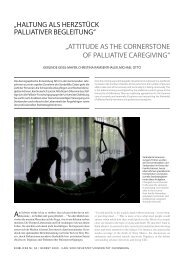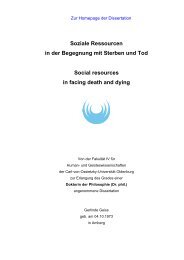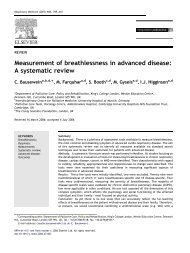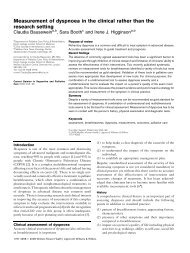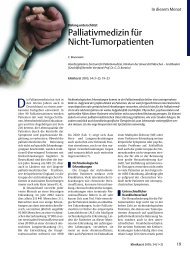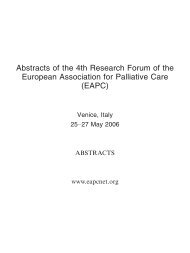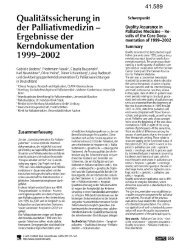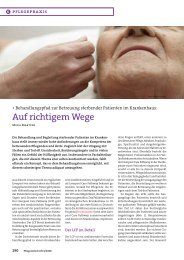EAPC - ipac
EAPC - ipac
EAPC - ipac
You also want an ePaper? Increase the reach of your titles
YUMPU automatically turns print PDFs into web optimized ePapers that Google loves.
406 <strong>EAPC</strong> Abstracts<br />
22 Invited Lecture<br />
Implementation of research into clinical practice: What makes<br />
sustained research work in daily practice<br />
Impact of industrial marketing on decision making<br />
Authors: Per Sjøgren Pain Center Rigshospitalet DENMARK<br />
According to the literature the complexity of physicians choice behaviour<br />
regarding drug prescriptions appears to consist of several elements including<br />
effect and side effect profiles, compensatory rules and drug costs, pharmaceutical<br />
marketing as a quick source of information and certain types of nonmedical<br />
marketing incentives (such as free conference participation). We<br />
have recently performed two studies addressing factors influencing opioid<br />
prescription and decision-making regarding pain treatment in Denmark. The<br />
first study was a questionnaire survey, which among others asked physicians<br />
about their most important sources of knowledge in pain management. The<br />
questionnaire was sent out to 90 pain specialists and to 180 hospital physicians<br />
of different specialities treating chronic pain. Both groups of physicians<br />
rated their own clinical experience and reading scientific papers as the<br />
most important sources of knowledge on analgesics. Both groups refused to<br />
acquire knowledge on analgesics from the pharmaceutical industry. In<br />
another study we have assessed the actual behavior of pain specialists as the<br />
opioid consumption in six specialized units (departments/teams of palliative<br />
care and pain clinics) were investigated. The study was a cross-sectional<br />
study including the medical records of 347 cancer patients and interviews<br />
with the unit leaders. In total 278 patients of 347 were treated with opioids<br />
for background pains. Of all 347 patients 73 % had strong opioids for breakthrough<br />
pain. There was no difference between the units regarding the frequency<br />
of opioid consumption; however, a significant difference in the consumption<br />
of the three most frequently used opioids morphine, oxycodone<br />
and fentanyl was found (P



